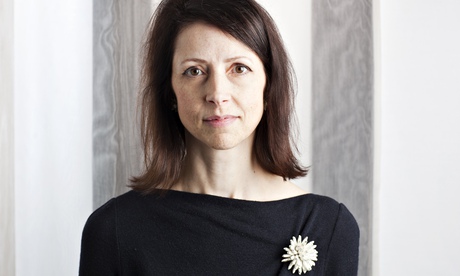
It has long been considered a fact of modern life that highly educated women have fewer children. Received wisdom has it that women with university degrees go on to pursue careers and often end up starting their families later than other women. As a result they tend to have fewer children than average.
However, a study to be published in the Economic Journal suggests that this view no longer holds true, and that there has been a significant increase in the fertility rates of highly educated women in the last three decades.
Research by economists Moshe Hazan and Hosny Zoabi finds that, while fertility rates among American women with some form of college education have largely stagnated over the last 30 years, among women with advanced degrees they have risen by more than 50%.
The pair analysed data and found that American women without any form of high-school diploma have a fertility rate of 2.24 children. Among women with a high-school diploma the fertility rate falls to 2.09 and for women with some form of college education it drops to 1.78.
However, among women with college degrees, the economists found the fertility rate rises to 1.88 and among women with advanced degrees to 1.96. In 1980 women who had studied for 16 years or more had a fertility rate of just 1.2.
As the economists prosaically explain: “The relationship between fertility and women’s education in the US has recently become U-shaped.”
The pair suggest that a yawning inequality gap may help explain why fertility rates among highly educated women are rising. They argue that the growing divide between rich and poor in American society has created two groups of women: those who can afford to buy help to raise their children and run their homes and those who are willing to supply such services at affordable prices. The earning gap between the two groups has been accelerating.
The study finds that labour costs in the childcare industry relative to the wages of American women with college and advanced degrees decreased by 10% and 16% respectively in the past 30 years.
Hazan said the findings backed up a suspicion he already had. “I looked around at friends in Israel and the US and I noticed those who juggle careers, work very hard and earn enough money seem to have more kids,” Hazan said. “Then you go through the data and you find it is true.”
He said highly educated women were more likely to be able to afford help that allowed them to raise larger-than-average families. “You have a nanny, people to pick up your laundry and suits, buy you food from the local store for you to cook for dinner, and you can leave all the mess to the housekeeper in the morning,” he said.
The study’s findings are likely to raise questions about whether a similar rise in fertility rates among highly educated women could be occuring in Europe. Hazan said that, as UK income inequality was “relatively high compared to Europe”, there was a chance the trend was being replicated here.
Siobhan Freegard, co-founder of Netmums, the UK online forum, said many women who used its site expressed a desire to have a third child. “But they know their lives wouldn’t cope with it,” Freegard said. “It’s the women who have good careers, who can afford a cleaner and a nanny who take the stress out of their lives, who can have three children.”
Freegard pointed out that, unlike in the US, in the UK the stubbornly high cost of childcare meant that for many women larger families were still unachievable. “It’s something we hear an awful lot of on the forums,” Freegard said. “Many women are saying they have to leave large gaps between having their children so that they can get one into school before having another.”
A study in 2008 identified a significant rise in the proportion of three- and four-child families among the super-rich. Angela Ahrendts, the former chief executive of Burberry, has three children. Helena Morrissey, boss of Newton Investment Management, has nine.
But until now the broader links between university education and women’s fertility rates – and their consequences – had received little scrutiny. “Given the strong correlation between parents’ education and children’s education, an increase in the relative representation of children coming from highly educated families means that the next generation is going to be relatively more educated,” the economists note. “This is good news for growth.”
Hazan and Zoabi suggested the growing income gap theory was likely to account only for about a third of the increase in the fertility of highly educated women. Another possible factor, they said, could be that partners of highly educated women were more inclined to share the burden of raising children, compared with partners of less-educated women.
A third explanation was that highly educated women were benefiting from advances in “assisted reproductive technology” that enable them to spend more years at university without reducing their chances of future parenthood. There is already evidence that employers are becoming aware that paying for such technology could help them attract employees. Apple and Facebook are offering to freeze eggs for female employees in an effort to attract more women on to their staff.

